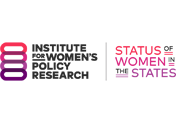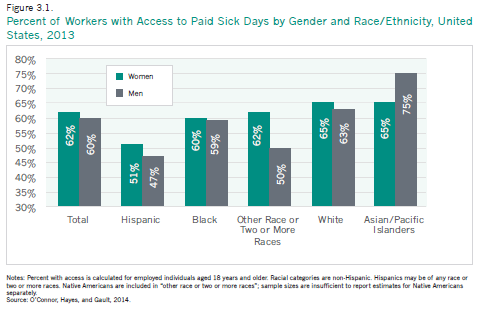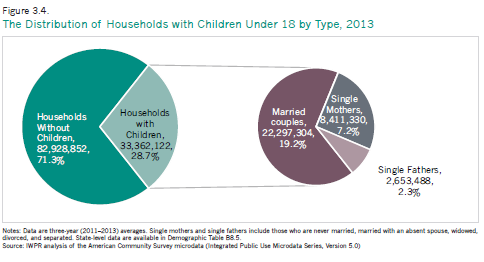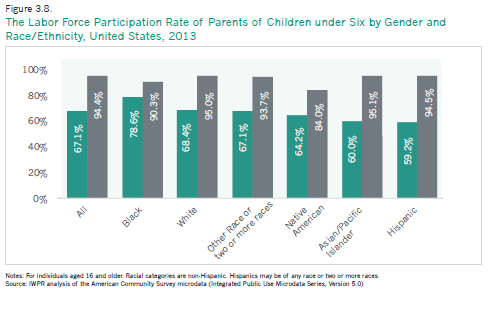
Work & Family
Women make up almost half of the workforce. Few families have someone who can stay at home to take care of health emergencies, pick children up from school and supervise homework, or take an elderly parent to a doctor’s appointment. In half of all families with children, women are the primary or co-breadwinner1 (IWPR 2015a). Low-income families are particularly likely to have all parents in the labor force (Boushey 2014). Yet, as mothers’ labor force participation has dramatically increased in the past decades (U.S. Bureau of Labor Statistics 2014) and the number of women and men aged 50 and older who provide care for a parent has tripled during the last 15 years (MetLife 2011), the development of an infrastructure to support workers with family caregiving responsibilities has been largely neglected. Many workers lack access to even the most basic supports such as earned sick days and job-protected paid parental leave. Quality child care is also out of reach for many families because it is not affordable. Women are the large majority of family caregivers, and in the absence of reliable family supports, too many women are forced to make difficult decisions between keeping their jobs and caring for their family members.
View All State Rankings| Best | Worst |
|---|---|
| 1. New York | 51. Indiana |
| 2. California | 50. Utah |
| 3. District of Columbia | 49. Montana |
| 4. New Jersey | 48. Mississippi |
| 5. Rhode Island | 47. Wyoming |





